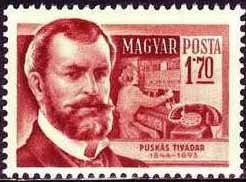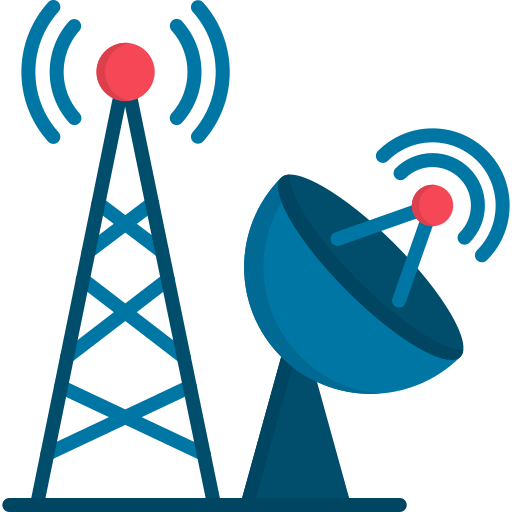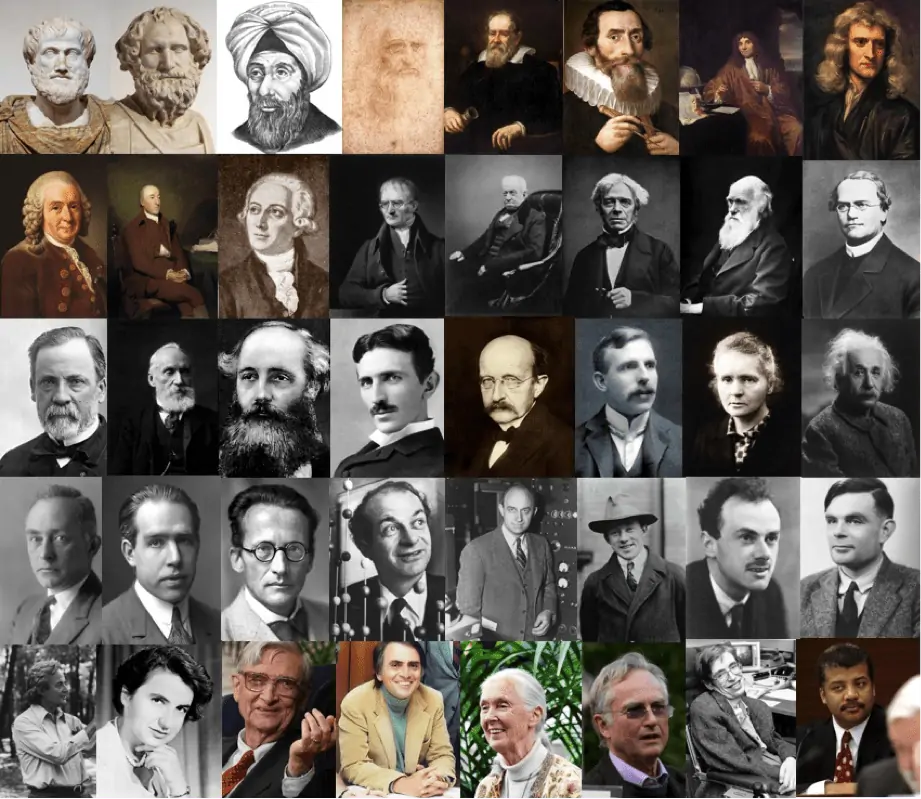Stamp: Tivadar Puskás (1844-1893) engineer and inventor (Hungary 1954)
Tivadar Puskás (1844-1893) engineer and inventor (Hungary 1954)
05 December (Hungary ) within release People goes into circulation Stamp Tivadar Puskás (1844-1893) engineer and inventor face value 1.70 Hungarian forint
| Stamp Tivadar Puskás (1844-1893) engineer and inventor in catalogues | |
|---|---|
| Michel: | Mi:HU 1407 |
| Stamp Number: | Sn:HU 1107 |
Stamp is horizontal format.
Also in the issue People:
- Stamp - János Apácai Csere (1625-1659) philosopher face value 8;
- Stamp - Sándor Kőrösi Csoma (1784-1842) explorer and writer face value 10;
- Stamp - Ányos Jedlik (1800-1895) physicist and naturalist face value 12;
- Stamp - Ignác Semmelweis (1818~1865), physician face value 20;
- Stamp - János Irinyi (1817-1895) chemist face value 30;
- Stamp - Baron Frigyes Korányi (1828-1913) physician face value 40;
- Stamp - Ármin Vámbéry (1832-1913) linguist face value 50;
- Stamp - Károly Than (1834-1908) chemist face value 60;
- Stamp - Ottó Herman (1835-1914) ornithologist face value 1;
- Stamp - Tivadar Puskás (1844-1893) engineer and inventor face value 1.70;
- Stamp - Endre Hőgyes (1847-1906) physician face value 2;
Stamp Tivadar Puskás (1844-1893) engineer and inventor it reflects the thematic directions:
Telecommunication, often used in its plural form or abbreviated as telecom, is the transmission of information with an immediacy comparable to face-to-face communication. As such, slow communications technologies like postal mail and pneumatic tubes are excluded from the definition. Many transmission media have been used for telecommunications throughout history, from smoke signals, beacons, semaphore telegraphs, signal flags, and optical heliographs to wires and empty space made to carry electromagnetic signals. These paths of transmission may be divided into communication channels for multiplexing, allowing for a single medium to transmit several concurrent communication sessions. Several methods of long-distance communication before the modern era used sounds like coded drumbeats, the blowing of horns, and whistles. Long-distance technologies invented during the 20th and 21st centuries generally use electric power, and include the telegraph, telephone, television, and radio.
An invention is a unique or novel device, method, composition, idea, or process. An invention may be an improvement upon a machine, product, or process for increasing efficiency or lowering cost. It may also be an entirely new concept. If an idea is unique enough either as a stand-alone invention or as a significant improvement over the work of others, it can be patented. A patent, if granted, gives the inventor a proprietary interest in the patent over a specific period of time, which can be licensed for financial gain.
Engineers, as practitioners of engineering, are professionals who invent, design, analyze, build and test machines, complex systems, structures, gadgets and materials to fulfill functional objectives and requirements while considering the limitations imposed by practicality, regulation, safety and cost.The word engineer (Latin ingeniator, the origin of the Ir. in the title of engineer in countries like Belgium and The Netherlands) is derived from the Latin words ingeniare ("to contrive, devise") and ingenium ("cleverness"). The foundational qualifications of a licensed professional engineer typically include a four-year bachelor's degree in an engineering discipline, or in some jurisdictions, a master's degree in an engineering discipline plus four to six years of peer-reviewed professional practice (culminating in a project report or thesis) and passage of engineering board examinations.
A scientist is a person who researches to advance knowledge in an area of the natural sciences



